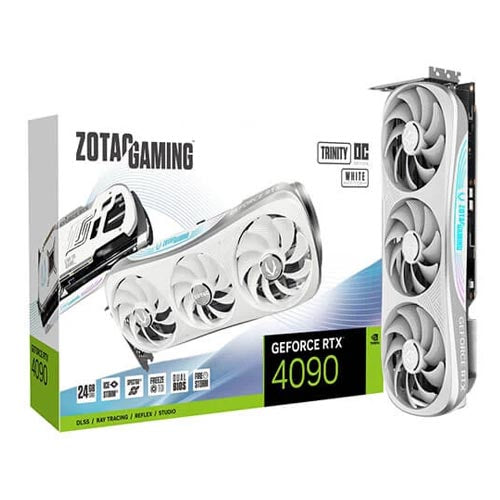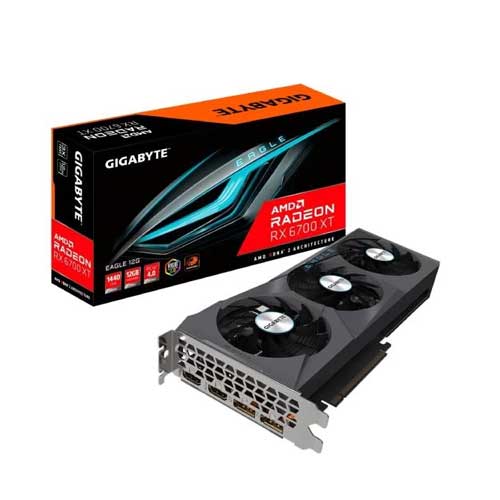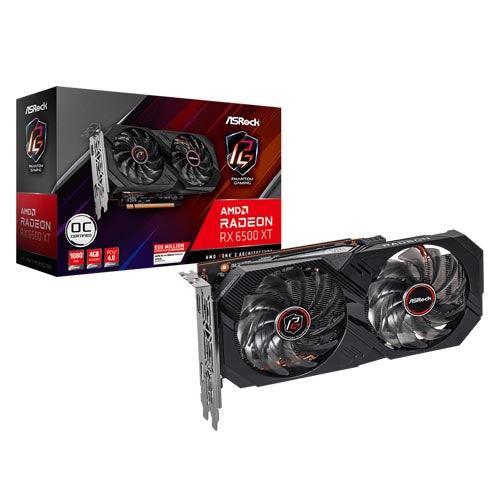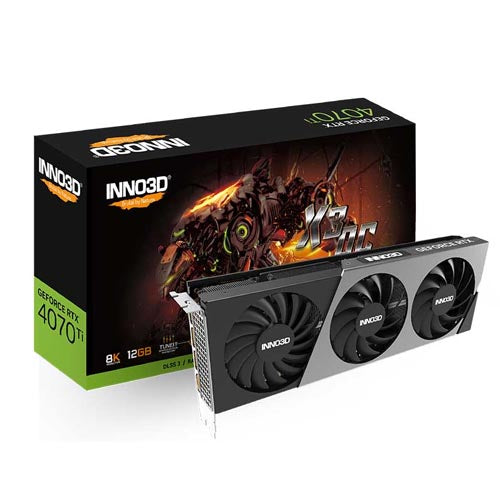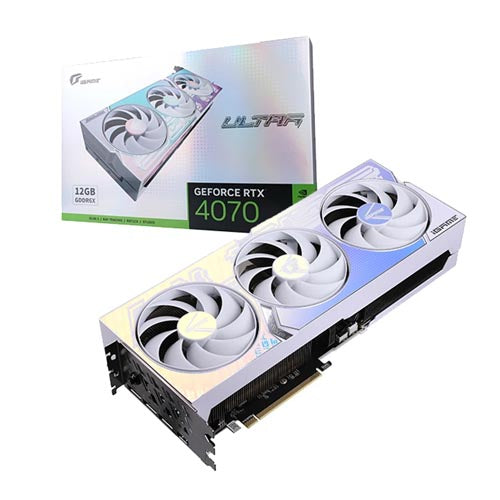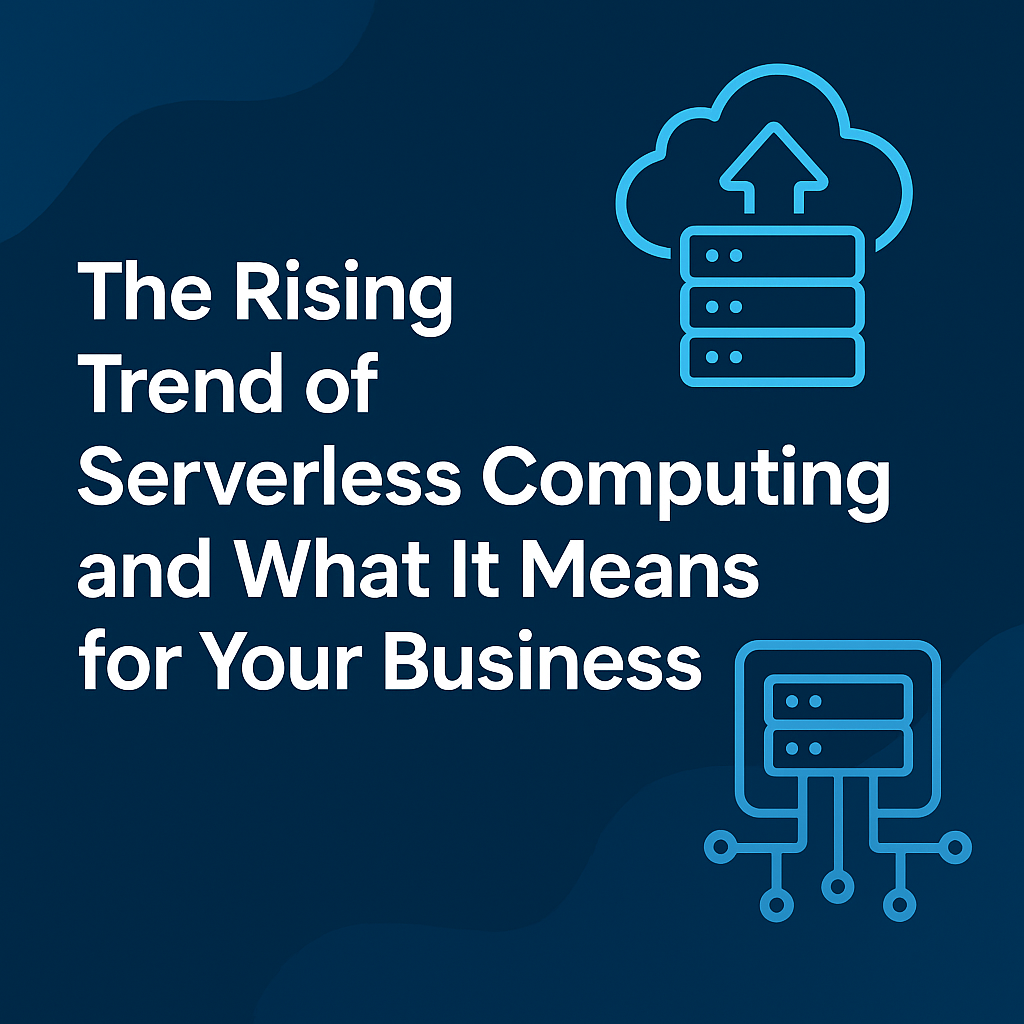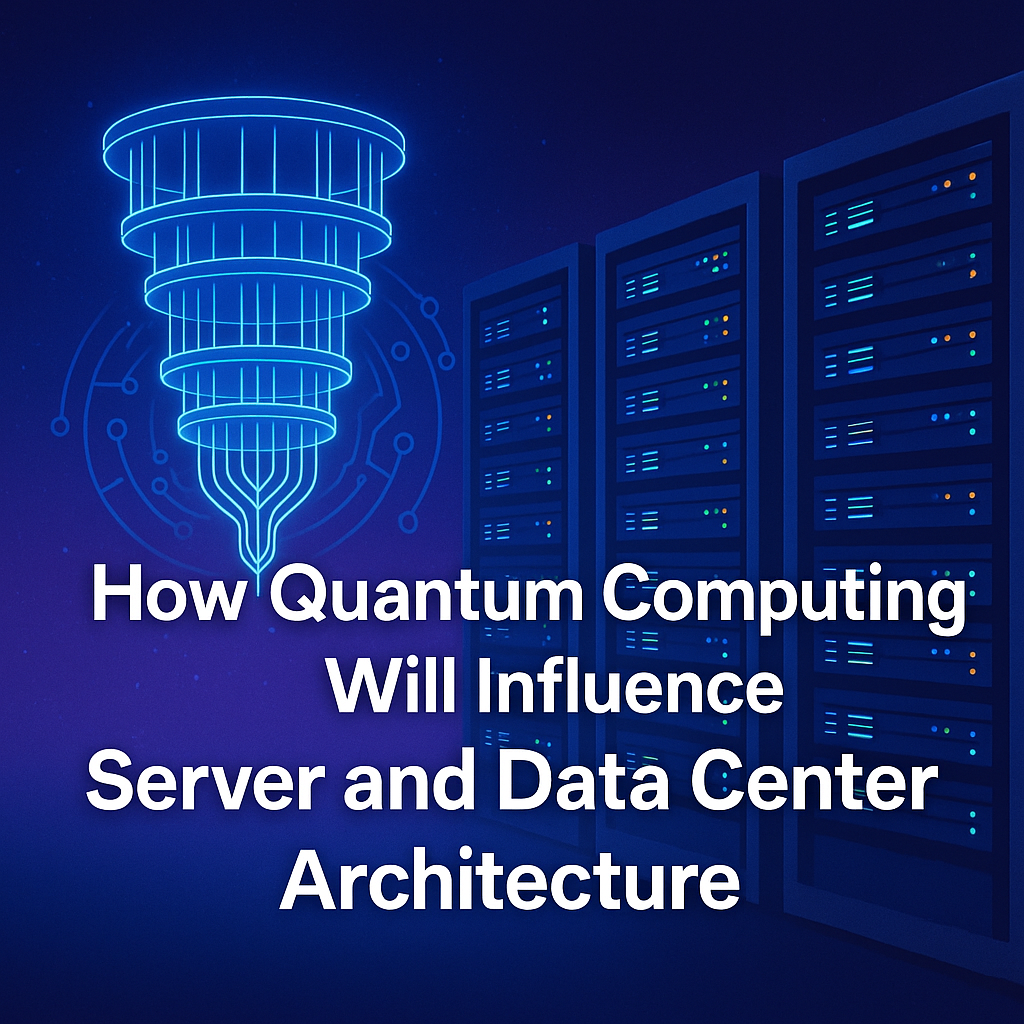The 5G Revolution Meets Server Infrastructure
The arrival of 5G technology is not just a mobile network upgrade — it’s a paradigm shift in how data is generated, transmitted, and consumed. With speeds up to 100x faster than 4G and latency dropping below 1 millisecond, 5G unlocks new possibilities for edge computing, IoT, autonomous vehicles, remote healthcare, and AI-driven applications. However, these advancements also place unprecedented demands on the underlying server infrastructure.
The old server architectures optimized for centralized data processing are ill-equipped to handle the decentralized, high-frequency data flows 5G enables. To meet these demands, businesses must rethink hardware configurations, adopt low-latency networking solutions, and incorporate next-gen workload orchestration tools.
The 5G Performance Equation: Why Servers Must Adapt
1. Latency Sensitivity
5G’s ultra-low latency enables real-time decision-making in applications like AR/VR, remote surgery, and autonomous systems. Server infrastructure must move closer to the data source, often through edge data centers that host compute workloads within milliseconds of the end-user.
2. Massive Device Density
With the ability to connect over 1 million devices per square kilometer, 5G drives a surge in IoT devices producing data in real time. This requires servers to handle high volumes of concurrent connections without performance degradation.
3. Bandwidth Explosion
Throughputs exceeding 10 Gbps require servers with high-speed NICs (25/40/100/400GbE), NVMe storage arrays, and GPU acceleration to process streaming analytics without bottlenecks.
Key Hardware Considerations for 5G-Ready Servers
1.High-Speed Networking Interfaces
5G demands ultra-fast data pipelines. Network Interface Cards supporting RDMA over Converged Ethernet (RoCE) and DPDK (Data Plane Development Kit) are essential to bypass kernel-level bottlenecks.
2.Low-Latency Storage
NVMe SSDs connected over PCIe Gen4/Gen5 provide sub-millisecond access times, essential for real-time workloads like AI inference.
3.GPU and FPGA Acceleration
For AI, ML, and video processing over 5G, integrating NVIDIA A100 GPUs, AMD Instinct accelerators, or Xilinx FPGAs enables parallelized computation at the edge.
4.Multi-Node Edge Clusters
Instead of massive centralized racks, 5G applications benefit from hyper-converged micro data centers distributed geographically to minimize latency.

The Role of Edge Computing in the 5G Era
Edge computing is the natural partner to 5G. Instead of routing data to a distant central data center, workloads are processed locally on edge servers. This drastically reduces round-trip latency and improves reliability.
Example Edge Architecture for 5G:
- Edge Node: Runs Kubernetes or K3s for containerized workloads.
- Acceleration Layer: GPU/FPGA cards for AI and inference tasks.
- Storage Tier: Local NVMe pool with replication to a central cluster.
- Backhaul Link: 5G to fiber uplink for long-term storage or analytics.
Software-Defined Networking (SDN) and Network Function Virtualization (NFV) in 5G Servers
5G is heavily dependent on network slicing — the ability to partition a physical network into multiple virtual networks for different use cases.
Impact on Servers:
- SDN Controllers: Manage virtualized network paths dynamically.
- NFV Infrastructure (NFVI): Hosts VNFs (Virtual Network Functions) for telecom workloads like 5G core processing.
- Server NICs: Must be SR-IOV capable for efficient VNF performance.
Programming Example (SR-IOV NIC Setup):
echo 4 > /sys/class/net/ens785f0/device/sriov_numvfs
# Bind VF to a specific driver for DPDK
dpdk-devbind.py --bind=igb_uio 0000:3b:10.0
Containerization and Orchestration for 5G Workloads
The dynamic nature of 5G services makes container orchestration vital. Kubernetes plays a central role, especially with extensions like Multus CNI for multi-network pods, and KubeEdge for IoT and edge computing.
Sample Kubernetes Multi-Network Config for 5G Edge:
kind: NetworkAttachmentDefinition
metadata:
name: sdn-network
spec:
config: '{
"cniVersion": "0.3.1",
"type": "bridge",
"bridge": "br0",
"ipam": {
"type": "static",
"addresses": [
{
"address": "192.168.100.10/24",
"gateway": "192.168.100.1"
}
]
}
}
AI at the 5G Edge: Real-World Use Cases Driving Infrastructure Change
- Autonomous Vehicles: AI inference must run on GPU-enabled edge servers to process camera and LiDAR data in milliseconds.
- Smart Manufacturing: 5G-powered IoT sensors feed data into edge analytics clusters for predictive maintenance.
- Telemedicine: High-resolution video over 5G is processed on low-latency servers to assist in remote surgeries.
- AR/VR Applications: Rendering workloads are shifted to edge GPU servers for immersive, lag-free experiences.
Security Challenges in 5G Server Deployments
5G introduces multiple new attack surfaces due to device density and distributed workloads. Servers must incorporate:
- TPM 2.0 modules for hardware-based security.
- Zero Trust network policies.
- Inline encryption for data-in-motion using TLS 1.3.
Conclusion: Building 5G-Optimized Server Infrastructure
The rise of 5G marks a turning point in computing — one where latency, throughput, and scalability must be engineered into server infrastructure from day one. Enterprises must embrace high-speed networking, edge deployments, GPU acceleration, and SDN/NFV to fully unlock the power of 5G.
Businesses that fail to upgrade their infrastructure risk bottlenecks that could negate the very benefits 5G promises. Conversely, those who strategically adopt 5G-ready servers will lead the next wave of innovation across AI, IoT, and immersive applications.
